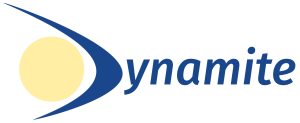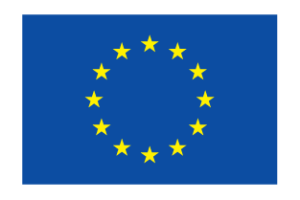Quantum Optics and Strongly Correlated Systems
Eugene Demler earned his PhD in theoretical physics from Stanford University in 1998. The Harvard Society of Fellows then elected him as a Junior Fellow, and he became an assistant professor at Harvard in 2001. He rose to full professor in 2005, but in the Fall of 2021, he moved to ETH Zurich as a full professor. Additionally, he received a Humboldt Research Award in 2015 and became a Distinguished Scholar at the Max Planck Institute for Quantum Optics. In 2021, he won the Hamburg Prize for Theoretical Physics. His research focuses on understanding strongly correlated quantum systems, including electrons in solids, dilute atomic gases, and photons. His work covers diverse areas such as magnetism, superconductivity, many-body physics, nonlinear quantum optics, and developing real-world applications of NISQ devices.
Scheduled talks…
Lecture I
Monday, January 9, 11-13, SMR Waveguide quantum electrodynamics with many-body electron system Abstract In this talk, I’ll discuss the applications of cavity electrodynamics for controlling many-body electron systems. We will focus on achieving strong coupling between cavities and collective excitations of interacting electrons at Terahertz and IR frequencies. As a specific example, we will consider a cavity platform based on a two dimensional electronic material that we encapsulate by a planar cavity consisting of ultrathin polar van der Waals crystals. We will also discuss how metallic mirrors sandwiching a paraelectric material can modify the transition into the ferroelectric state. Finally, we will review the general question of theoretically describing ultrastrong coupling waveguide QED. I present a novel approach to this problem. It is based on a non-perturbative unitary transformation that entangles photons and matter excitations. In this new frame of reference, I can factorize light and matter exactly for infinite interaction strength and derive an accurate effective model for all interaction strengths.
Lecture II
Tuesday, January 10, 10-12, BLR Optical responses of photoexcited materials: from parametric amplification to photoinduced superconductivity Abstract Optical drives at terahertz and mid-infrared frequencies in quantum materials are commonly used to explore nonlinear dynamics of interacting many-body systems. Recent experiments have demonstrated several surprising optical properties of transient states induced by driving, including the appearance of photo-induced edges in the reflectivity, enhancement of reflectivity, and even light amplification. I will show that many of these unusual properties can be understood from the general perspective of reflectivity from Floquet materials, in which pump-induced oscillations of a collective mode lead to parametric generation of excitation pairs. This analysis leads to a prediction of a universal phase diagram for drive-induced features in reflectivity, demonstrating a competition between driving and dissipation. I will further argue that this mechanism provides an explanation for several recent experimental observations, notably including the phenomenon of photoinduced superconductivity in the pseudogap phase of high Tc cuprates.
Lecture III
Wednesday, January 11, 10-12, BLR Quantum simulators: from the Fermi Hubbard model to quantum assisted NMR inference Abstract I will discuss recent progress of optical lattice emulators of the Fermi Hubbard model, specifically the new availability of snapshots of many-body states with single particle resolution. I will review new insights from these experiments on the properties of doped Mott insulators, including the demonstration of magnetically mediated pairing. I will also present the idea of using quantum simulators to infer NMR spectra for biological molecules. I’ll review a recent experiment where researchers realized this algorithm on a quantum computer using trapped ions. The prospects for scaling this approach to solve practically relevant problems will be discussed.
Lecture IV
Thursday, January 12, 10-12, SMR Single-spin qubit magnetic spectroscopy of the correlated states of electrons
Abstract
In this lecture, I will discuss how we can use a single-spin qubit near a material’s surface to probe its electronic properties. The material’s electron excitations create magnetic noise that influences the qubit’s relaxation rate. We will explore how this noise can help us study various materials, including superconductors, ferromagnetic and antiferromagnetic insulators, and even spin liquid states. This technique demonstrates the versatility of single-spin qubits in investigating diverse electronic states.

 This project was funded within the QuantERA II Programme that has received funding from the European Union’s Horizon 2020 research and innovation programme under Grant Agreement No 101017733
This project was funded within the QuantERA II Programme that has received funding from the European Union’s Horizon 2020 research and innovation programme under Grant Agreement No 101017733
